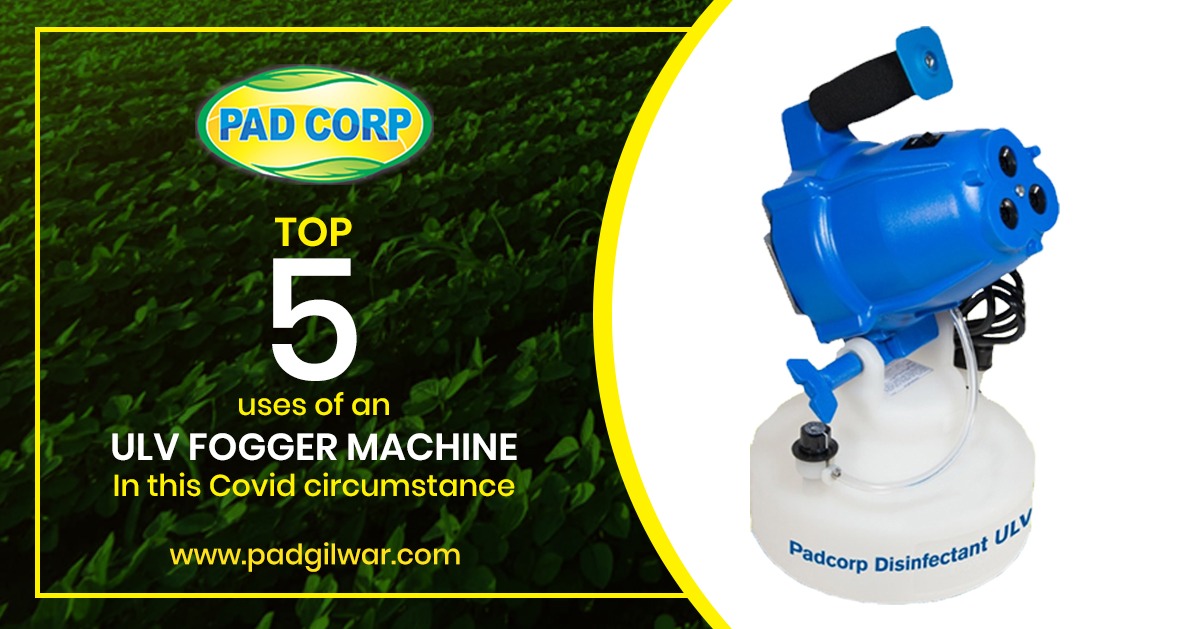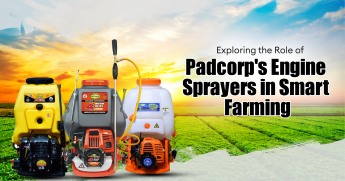ULV fogger is designed to produce very small droplets, thus ensuring even coverage with low volumes. The equipment is based on aerosol, air-shear (mist-blowers, ulv sprayer machine), or better still, rotary nozzle techniques. An electrostatic charge may be applied to the droplets to aid their distribution and impaction (on earthed targets), but commercial equipment is rare at present.
Ultra-low volume (ULV) fogging machines are cold fogging machines that use large volumes of air at low pressures to transform the liquid into droplets that are dispersed into the atmosphere.
What is a Ulv fogger machine?
A Ulv fogger machine (also known as a ULV cold fogger) is a piece of equipment used to spray or fog pesticide compounds into the air. A Ulv fogger machine, unlike a spray or dust, treats the entire space rather than a single surface.
What is the purpose of a Ulv fogger machine?
Pesticides or disinfectants are compressed through a specifically designed nozzle, resulting in a thin cold mist or aerosol. Electric portable models are especially suitable for indoor use because they do not emit exhaust fumes and are quieter.
Things to Consider When Choosing ULV Fogging for Disinfection How to Choose the Right ULV Fogging Machine
1. Droplet diameter a) Air volume b) Flow rate
2. Cost
Droplet Sizes can be controlled in the Ulv fogger machine. Controlling the droplet size has several advantages: when it is considerably smaller, it can penetrate small nooks and crannies and stay in the air longer; when used outside, you can choose a larger droplet size to avoid being blown away by the wind.
Varied RPMs on the same flow rate of liquid will produce different micron sizes of droplets and different throw levels, with the higher RPM (Rounds per Minute) model covering a greater distance.
In a fogging machine, what chemical is used?
Chemical fogging is one of the commercially accessible procedures among the growing number of options. Vaporized hydrogen peroxide
Top 5 uses of a Ulv fogger machine machine in this COVID circumstance
To assist prevent the spread of coronavirus and disinfect a bigger space or room, fog, mist, vapor, or UV (ultraviolet) treatments may be appropriate. Any treatment you utilize for these objectives should be included in your COVID-19 risk assessment.
If you want to disinfect surfaces with fog, mist, vapor, or UV treatments, talk to your manufacturers/suppliers (which could include fumigators) to see if they have a product or system that suits your demands.
Precautions
Disinfectants delivered as fog, mist, or vapor may reach dangerous levels during delivery, and UV systems may cause eye/skin damage if individuals enter a treatment area.
People should not enter rooms where UV or disinfection is in progress in the form of fog, mist, or vapor. Discuss with suppliers what safety features they can supply, such as hazard-monitoring sensors, to prevent unintentional access to a room during treatment.
Locking rooms during treatment will help restrict emissions, but other precautions, such as sealing doorway gaps or blocking off some portions of the room with plastic screening, may be required. If the ventilation can be adjusted from outside the chamber, it will also help eliminate the disinfectant after the treatment.
The ULV cold fogger from PADCORP is a device that uses aerosol, air-shear (mist-blowers, exhaust gas sprayers), or, even better, rotating nozzle techniques. Sprayers are commonly employed as ulv sanitizer machine inside hospitals, hotels, offices, aircraft, airports, and malls, and electrostatic charging can be added to droplets to aid their propagation and effect (on earthed targets).
Conclusion:
PADCORP is one of the leading ulv fogger suppliers. These PADCORP’S Ulv fogger machines are the Most Effective for Disinfecting & Sanitizing your Surroundings to Prevent the Spread of Deadly Viruses since the Droplet Size is incredibly small, i.e. 5-50 Microns.



